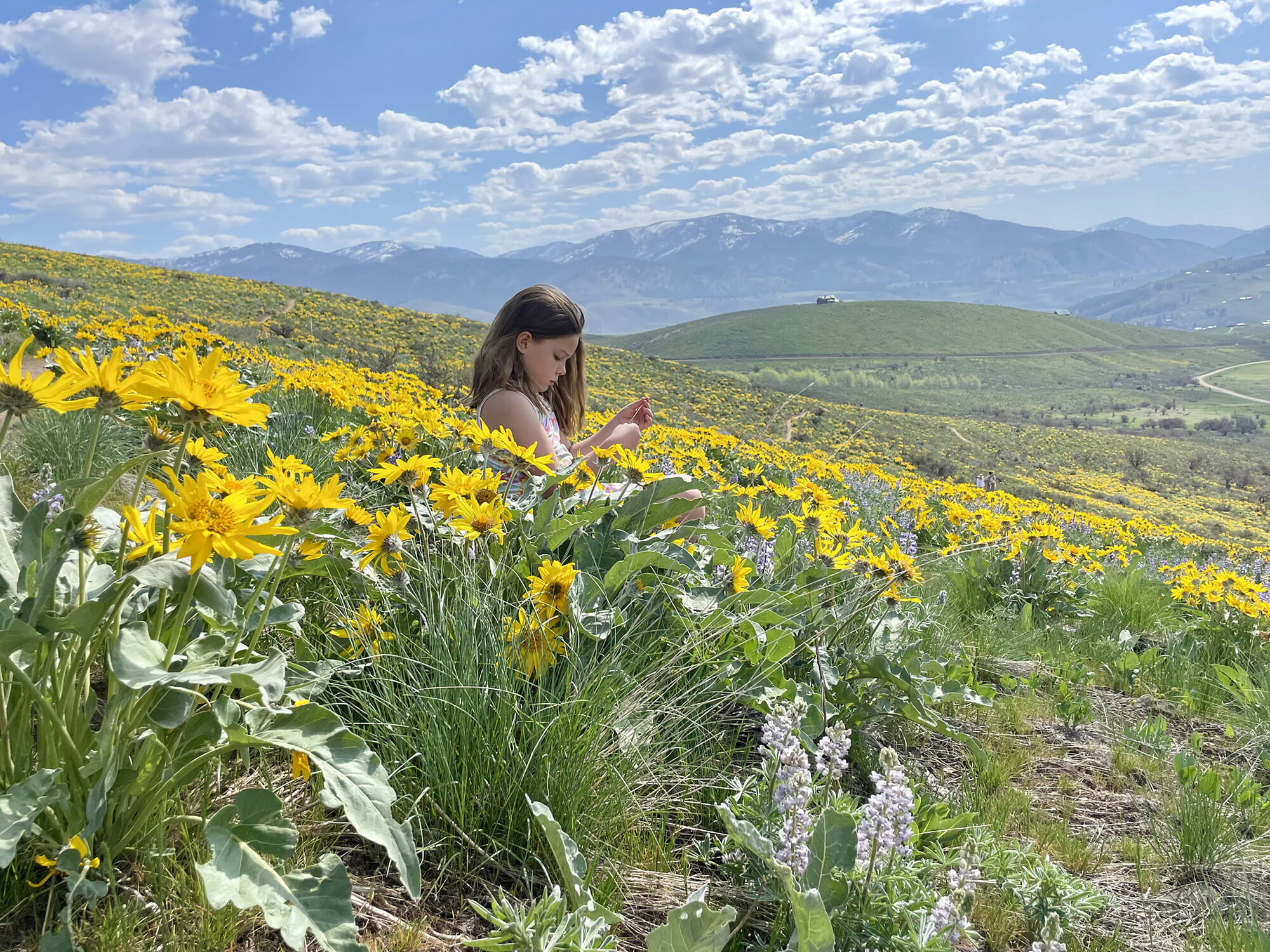Getting Real
Eyes wide with wonder and bright with hope, kids from around Lake Sammamish work creekside with the Snoqualmie Tribe to make a small patch of nature embedded in a quilt of urbanization more welcoming to the creatures that call Issaquah Creek their home.
It is Kokanee Education Day at Confluence Park in Issaquah, Washington, organized by Trout Unlimited and our local partners. Laughter fills the unseasonably warm air on this hot day in mid-May. Smoke from catastrophic wildfires burning millions of acres in Alberta and British Columbia hundreds of miles away hangs high in the sky, but the kids thankfully don’t seem to notice these new-era realities of late summer occurring in early spring this year. They are too busy getting their hands dirty and imagining how much better this place will be for kokanee salmon, the lifeblood of the Snoqualmie People who have lived here since time immemorial.
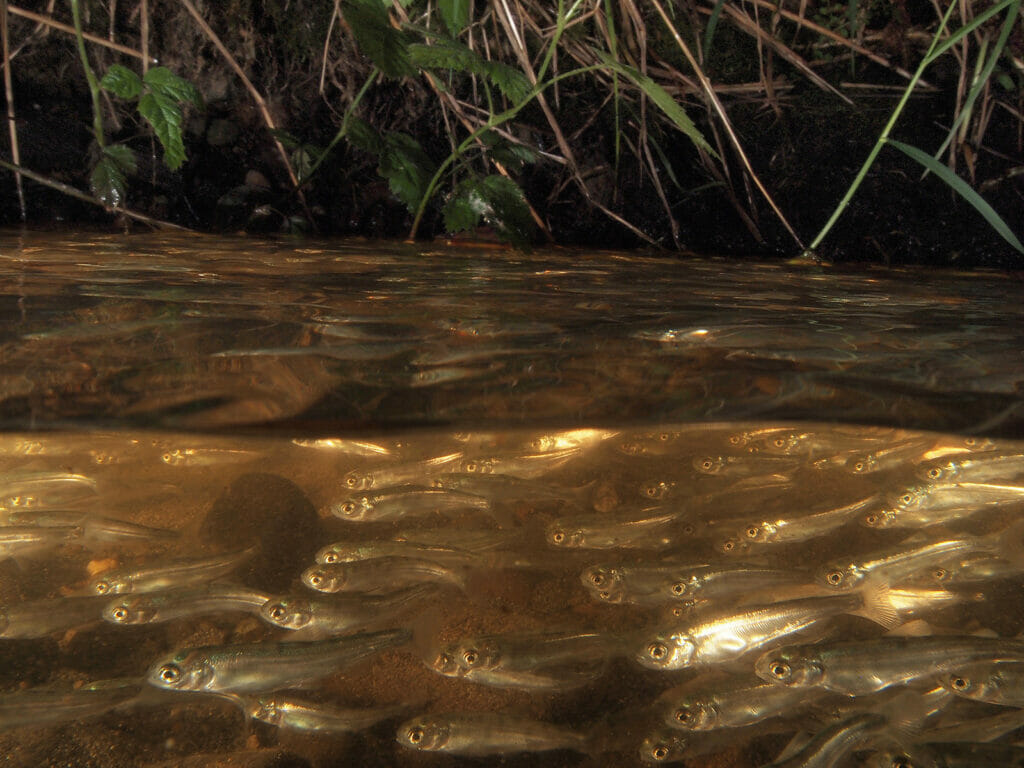
Vibrant young minds full of imagination and promise take their guardianship of this place and these fish seriously and wonder what the future holds for the small, swimming jewels that adorn the streams still hanging on amidst the sprawl of the ever-expanding Seattle metropolis. They imagine tiny young fish swimming eagerly into a mysterious watery eutopia, growing big and strong, and returning to spawn in two years’ time. These two creatures, young humans and young salmon, represent the whole of life’s potential in its purest form. The embodiment of hope.
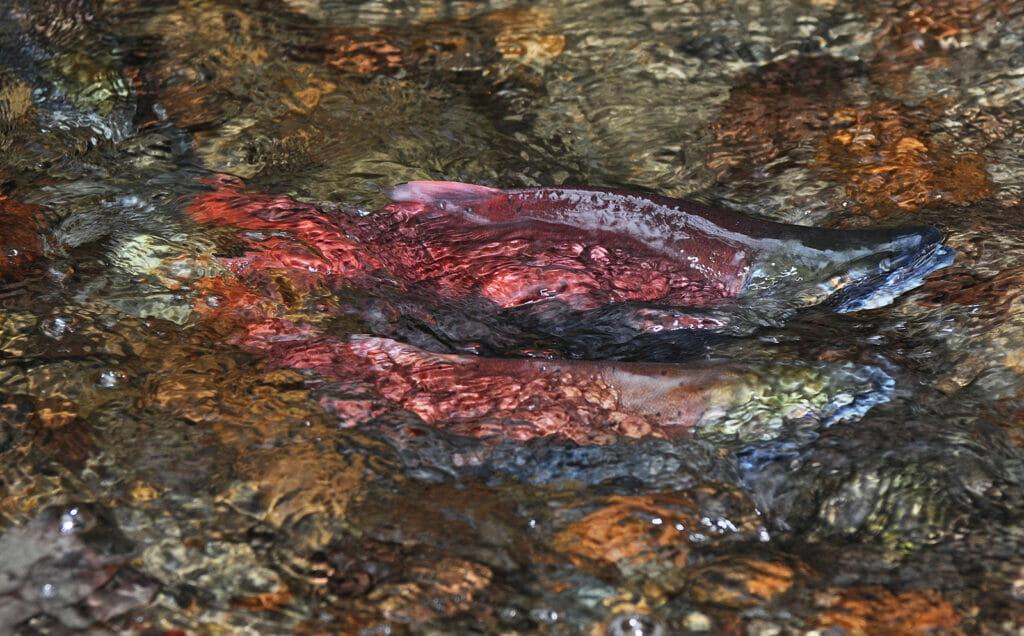
The joyfulness and symbolism of the day nails me right in my heart. Why is it that I can’t simply enjoy these precious encounters between humans and our natural world without pessimism and doubt? Why can’t I stroll through a mountain meadow bursting with wildflowers and blissfully bask unfettered in the supreme beauty and perfection of it all? Instead, my moments of pure reverence and awe for the natural world are punctuated by feelings of hopelessness and the sharp pang of loss in my gut. I am deeply troubled and saddened by the state of the planet and our species, and I have suffered from this eco-anxiety for as long as I can remember. There, I said it. How deeply I long to be free of the burden of scientific knowledge and the accompanying shackles on true, unbridled happiness. To simply immerse myself in the delights of the natural world and humanity, rather than fighting to pull myself out of a vortex of despair. To shed the feeling that it is all slipping away, and we aren’t acting fast enough to stop it. To see Mother Nature in all her radiant brilliance, rather than through the tainted lens of melancholy. This is me being real, being honest. This is my dark basement. And it is also the place we all need to start to talk about growing hope.
We must heal…
Our planet
Our society
Our systems
Ourselves.
Calling-In
For 25 years, I have used my yoga practice as a lifeline to sustain my ability to trudge on in the noble yet increasingly daunting task of conservation, which I’ve dutifully pursued since I was in high school. I have taken partial solace in the notion that we’re all “doing our part”, but the accelerating current of global change has made swimming against the tide more and more exhausting. I have taught yoga and meditation for 10 years, all the while grateful for the ability of my practice to keep my pessimism and anxiety at bay. But just barely. The dualistic nature of my life – distressed conservationist vs. upbeat yoga teacher – has felt like an internal war being waged on the battlefield of my psyche. How can you be zen when you feel like the world is going to hell in a handbasket? Then, two months ago, it hit me like a bolt of lightning. These two seemingly opposing forces in my life – my refuge and my mission – must come together and merge into a unified journey for hope. This is my calling: transforming eco-anxiety into eco-dharma.
Before we can begin our journey for hope, it may feel necessary to acknowledge the unbearable atrocities committed by humanity against ourselves and the planet and the seemingly insurmountable challenges we face. Know it is therapeutic to hold these truths, to share your feelings, to mourn and grieve losses, and to intentionally release. This is an essential process for moving forward – “lean into the sharp points”, as wise Buddhist teacher Pema Chodron encourages. This softens the edges and lessens the sting. By holding space for all the beauty and ugliness of reality and looking it straight in the eye, we give ourselves permission to let go.
Who am I?
I am a scientist.
I am a conservationist.
I am a mother.
I am a yoga teacher.
I am a privileged white woman from the suburbs with big dreams to save the planet.
I am a lover of nature and all things wild.
I am deeply sad and angry at the state of the world.
I am hopeful we can change it together.
I am ready to get to work.
Join me.
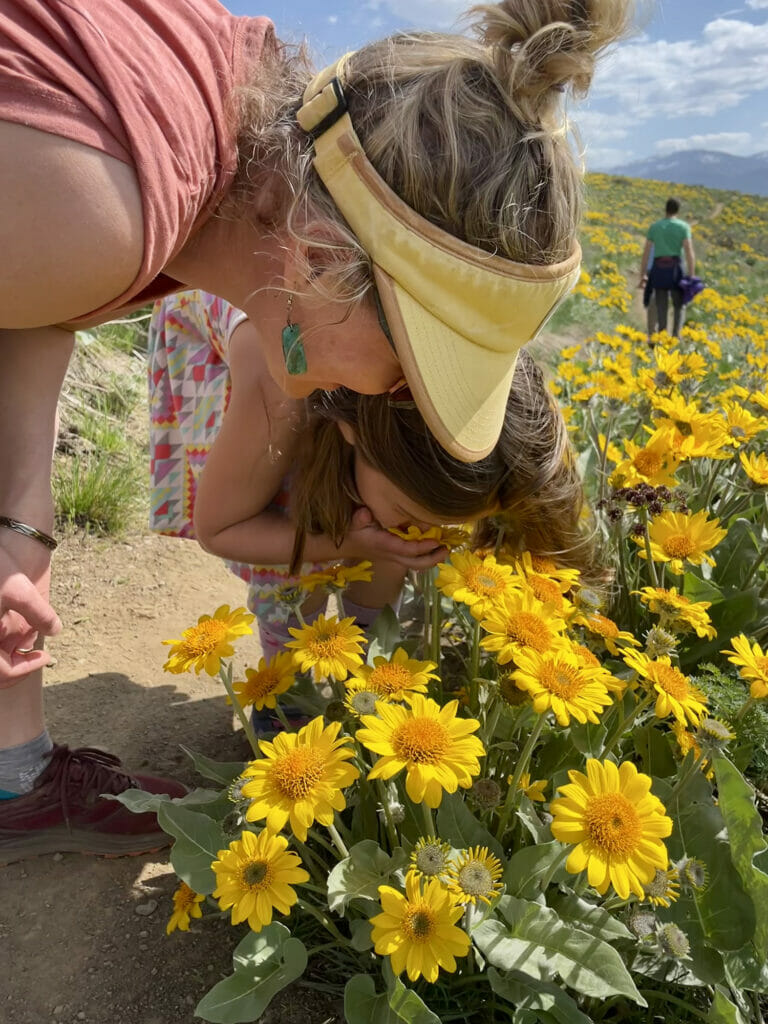
Journey For Hope
The radical and durable change we need in this moment will be born of hope, not hopelessness. Creativity, innovation, and solutions flourish when hope rules. How do we find the hope and action we desperately need amidst the challenges of our time? This is a nonlinear, iterative process with inherent ups, downs, twists and turns. Be patient with yourself. Be curious and kind. There are a multitude of great teachers offering their whole selves to this mission. This guide is meant to serve as a beginning, an introduction to your journey. May you find your refuge, your hope and your calling.
1. Get Real
We must start by meeting ourselves wherever we are. Whether in the dark basement or somewhere with more lightness, we must be honest about the true state of our being. With genuine care and curiosity, ask yourself: how am I? Every day is different, so allow space for the answer to unfold naturally and hold it with compassion. Be kind to yourself, as you would a good friend. If you find yourself in a pit of despair, know you are not alone. If today feels a little better than yesterday, then acknowledge that truth and celebrate it. Where do you find your state of being in this moment? Be honest with yourself.
2. Find Refuge
- Find your True Self. To make progress in our hope journey, we must get to know ourselves at a fundamental level. Who am I? Where do I truly find refuge? What do I really care about? Mindfulness and meditation help us to tap into our true nature and have been scientifically proven to increase happiness. Start a meditation or mindfulness practice. Today. Check with your community help organization for ideas or explore some of these wonderful resources:
- Tara Brach – offers free meditations and teachings on her app
- Deepak Chopra – 21-day Abundance Meditation is a good start
- Pema Chodron – When Things Fall Apart is a book that will blow your mind
- 10 Percent Happier – Dalai Lama’s Guide to Happiness is a great start
- Science of Happiness (Greater Good Science Center) – App has a great series on Climate Hope with guided meditations (Happiness Breaks)
- On Being podcast with Krista Tippett
- Waking Up App by Sam Harris
- Insight Timer – App with a variety of meditation resources
- Connect with People. Humans have evolved as social beings, and science has proven we need quality time with each other to be happy. Being in community with people we love and respect makes us feel grounded and at ease. Drop your device and be present with your fellow humans. Spend quality time with family, friends and people that bring you joy. Help someone out – you’ll be amazed at how good it makes you feel.
- Connect with Nature. Humans, as we are all one species, must embrace and embody the holistic kinship relational model toward ourselves and the rest of nature. We are a part of – not apart from – nature. Communion with the natural world has been scientifically proven to have immense mental and physical health benefits. Whether it’s in the wilderness, in a city park, or in our backyard. It can be as simple as staring up at the sky for a few moments. Focus on being quiet and present. Soak up all the sights, sounds and smells. Be awe-inspired by nature’s beauty. Notice how your body feels.
- Seek out Indigenous Wisdom. There is a reason why humans and nature co-existed in balance on this planet for millennia. Modern western society has much to learn from Indigenous ways of being. Let’s ask and listen. Approach this journey with authentic curiosity and keep your heart open to what you might find. Reach out to your local tribal liaisons, community leaders, and community-based organizations for resources and ideas. Braiding Sweetgrass by Robin Wall Kimmerer is a wonderful introduction to begin this journey.
- Move your Body. Exercise produces dopamine and endorphins, our body’s natural happiness boosters. Just 10 minutes of exercise can make a big difference in the way we feel and see the world. Yoga is a fantastic way to blend mindfulness and exercise.
- Nourish your Body. Prepare and eat healthy food. We are what we eat, and science shows a plant-based diet that minimizes processed foods and harmful chemicals helps support optimal brain and body function. Drink clean water. Lots of it.
- Laugh out Loud. Science shows Laughter enhances your intake of oxygen-rich air, stimulates your heart, lungs and muscles, and increases the endorphins that are released by your brain. Laughter is literally medicine for the body and soul.
- Be Grateful. Strive to bring attention to aspects of your life – your place, your home, your community – that you feel thankful for. Even the littlest thing – a smile from a stranger, a flower in a sidewalk crack, the blue sky overhead – can be worthy of your gratitude. Gratitude has been shown to be a key element for increasing happiness, so even when it’s difficult, give it a try and see how it makes you feel.
- Feed your Soul. Immerse yourself in music. Explore the world through art. Get lost in the woods. Your refuge is unique to you. Ask yourself: What feels nourishing? What makes my heart sing? Do that thing. Follow your intuition. Hope and creativity grow easily in the fertile soil of health, wellness and happiness.
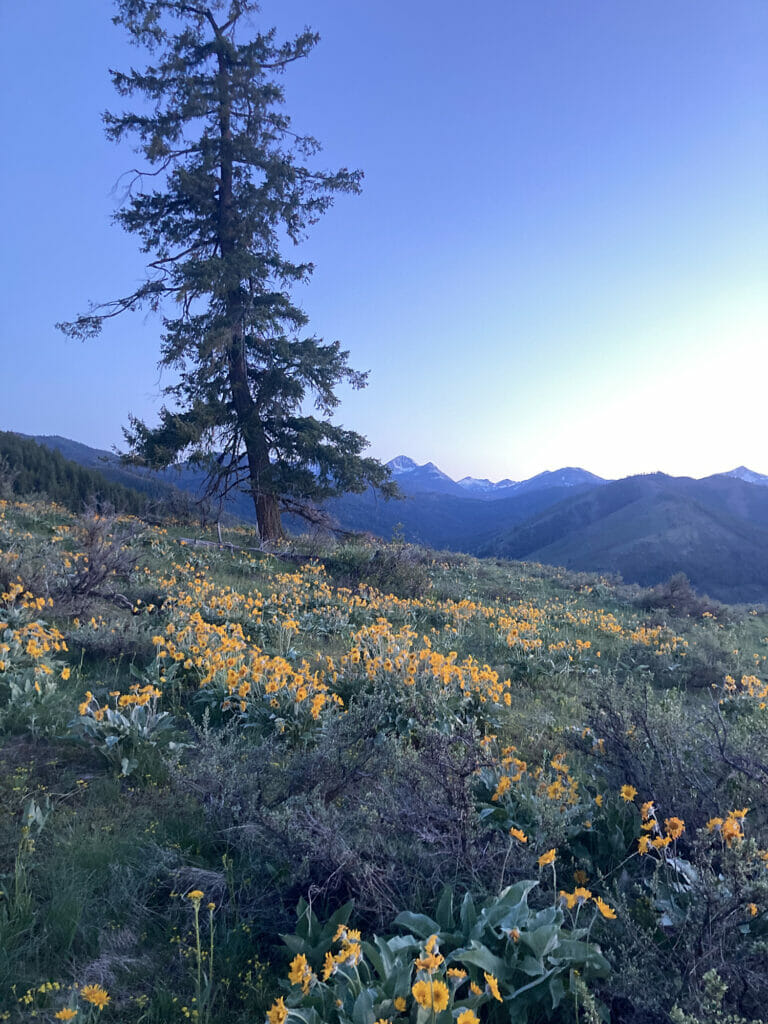
3. Grow Hope
Mindfulness and meditation teacher Tara Brach quotes, “Where attention goes, energy flows.” By focusing on hope and possibility, energy flows toward positive ideas, innovation and solutions. There is an emerging “hope movement” among young leaders in climate justice and social justice circles, and my hope is we can ride their wave and get organized to grow hope that achieves a watershed moment for this era of humanity – a tipping point that turns us in the right direction toward positive change. Get inspired by all there is to save on this beautiful planet of ours. Inspire yourself with the abundance of resources for growing hope; many of the resources listed above can help.
Deepak Chopra says, “Intention energizes, attention transforms.” Let us put our intention and attention towards hope.
Here are a few more ideas:
- All We Can Save by Ayana Elizabeth Johnson
- Emergent Strategy by Adrienne Maree Brown
- Not Too Late by Rebecca Solnit
- How to Save a Planet podcast.
Hope has fins
A bright red flash cuts through white rapids, thrashing against the swift current. It is spawning season.
Salmon are the embodiment of hope. Generation after generation, year after year, they make the journey.
Not knowing whether they will succeed, they give every ounce of orange flesh, every quivering cell in their body, to their goal of returning.
Sometimes traveling hundreds of miles over many human-made dams to reach their home waters to continue the wheel of life.
The Salmon People know and respect the significance of this and have for generations – since time immemorial – honored and lived intertwined with the salmon. Life-giving, sacred salmon.
Their resilience should inspire us all: even when all odds are against them, they persevere if given a glimmer of hope.
Strength, tenacity, grace, beauty, fragility.
The living manifestation of a harmonious ecosystem – from mountain to ocean – in one shimmering body. Making its way home.
Can we be more like the salmon? Resilient, eternally hopeful.
Let us never give up.
Let’s grow hope together.
#hopehasfins
4. Take Action
Making a difference in our world may seem like an overwhelming task, but taking action will make you feel better. I promise. Start locally. While this may seem daunting and overwhelming, the best place to begin is right in your backyard. Reach out to community-based organizations, Trout Unlimited or other local conservation groups for ideas on how to get involved. Real, durable change starts small and grows deep – as Adrienne Maree Brown quotes, “A mile deep and an inch wide.” Plant a tree. Volunteer with a local school, TU, or another organization that aligns with your mission. Give back to the best of your ability. Visit your local decision makers and legislators and tell them what is important to you. Your voice matters and talking to them face-to-face is most impactful. Find your calling.


